During our time in Singapore, writing on this blog and virtually exploring the world, looking for ideas and aspirations to plan once we could travel again, the idea grew to learn more about wine and explore the different countries and regions. So one of the main reasons for us to choose Austria as the first place we would travel to after 15 long months in the same city was to enjoy the countryside and learn more about wine and its production at its origin.
Austrian wines are well-known in Germany and commonly offered in regular restaurants and bars. However, I realized that in English-speaking countries, France and Italy dominate the perception of European winemaking, which is a shame, as other European countries make incredible wines too, with Greek white wines being my absolute favorites. It is probably because Austria hasn’t given much attention to international varieties. Instead of hopping on the
hype train, most of the production is focused on indigenous grapes, resulting in excellent white wines.


The Region and its wine
As you know, we ended up in Langenlois, Kamp Valley, one of eight wine regions in Lower Austria and among the most prosperous: Langenlois is a versatile region, with a range of terroirs and microclimates, with significant temperature differences between day and night. The interplay between the Pannonian climate and a unique diversity of soils produces some of the world’s finest white wines, with Grüner Veltliner as the most popular wine in Lower Austria and the region.
In addition to Grüner Veltliner, which accounts for about half of the production around Langenlois, Riesling is also common, but unlike in Germany, it is much drier. Other varieties grown in the Kaptal include Pinot Blanc, which is so popular among us Germans, Sauvignon Blanc, and Chardonnay, which is the most commonly grown wine variety internationally. Even though white wine varieties dominate the vineyards in the Kamptal, red wine is also cultivated with Pinot Noir and the locally typical varieties St. Laurent and Zweigelt, which we did not taste, however. Some wineries also produce ice wines in appropriate vintages.

Within Kamp Valley, they have their own Quality system, known as Kamptal DAC (Districtus Austriae Controllatus), set as the law only recently in 2008. It is similar to the French AOC and the Italian DOCG systems in terms that it outlines where the wine comes from, the minimum alcohol, maximum yields, and the allowed grape varieties. It, however, also indicates the style and how typical a bottle of wine is compared to the type of the region, as we know it from the German Prädikat system.

The Wineries
During our time in Lower Austria, we visited a total of three wineries, although we only did two wine tastings. The tastings usually cost around ten euros and took place in an extremely private atmosphere and at our own pace. I found this very charming and familiar, as it allowed us to learn a lot not only about the wine varieties but also about the families behind the wineries.
WINERY FICHTENBAUER-MOLD
The first winery we visited was the traditional Fichtenbauer-Mold winery, which has been run by the third generation of the Fichtenbauer-Mold family since 1936. The owner Christa was so incredibly kind to take us by car through the vineyards along the wine trail, getting off at various stops to show us the different growing sites and explain the varieties of grapes based on location, soil, and sun position. Among other things, We have learned that the winery follows a nature-oriented and gentle wine production, which starts in the vineyard: The aim is to stimulate the soil and, therefore, the vines, ensuring a sustained quality of the grapes. Foliage work in the vineyards is done manually and therefore very gently, enabling them to react flexibly, quickly, and efficiently to the year’s climatic conditions.
After the little tour, we could taste all their wines in a sunny but intimidating backyard, learning from the vinery manager and son, Helmut, about the different tastes and years. I can highly recommend visiting the vinery and taking some of their delicious wines home, with my favorite being the Grüner Veltliner Dechant, an elegant yet powerful and complex reserve wine.
The wine varieties of the Fichtenbauer-Mold winery are Grüner Veltliner, Riesling, Pinot Blanc, Chardonnay, St. Laurent, and Zweigelt. My personal favorite was the Ried Dechant Grüner Veltliner.
Rosenhügelweg 12, 3550 Langenlois, Austria, http://fichtenbauer-mold.at


WINERY BRÜNDLMAYER
The second winery we visited was Bründlmayer, hailed as one of the best and largest wineries in the region. Willi Bründlmayer runs the family winery together with his wife Edwige, Thomas Klinger and master winemaker Andreas Wickhoff. The family owns 90 hectares of land that comprise three largely terraced vineyards: Zöbinger Heiligenstein, Lamm, and Käferberg. The most important grape variety in the winery is the popular Grüner Veltliner, with Riesling of high significance as well; Chardonnay and the Burgundy varieties are specialties. There are red wines traditionally “cuddled” by the family, and for Willi Bründlmayer it is “a special challenge in our particular climatic borderland to create beautiful red wines with a distinguished personality.”
“The wine tells everything about the soil, the heat and cold, of storm and rain, the landscape – and the people involved from the beginning.” – WILLI BRÜNDLMAYER
The wine varieties of the Winery Bründlmayer are Grüner Veltliner, Riesling, Muskateller, St. Laurent, Blauburgunder, Cabernet Franc, Chardonnay, Weißburgunder, Grauburgunder, Zweigelt, and Donauriesling.
Zwettler Str. 23, 3550 Langenlois, Austria, https://www.bruendlmayer.at/


WEINGUT AM BERG (Gruber)
In the idyllic village of Mittelberg, 400 meters high above the Kamp Valley, and with a history of viticulture dating back to the 12th century, the Gruber family farms a small plot of 13 hectares in three generations. The land compromises four terraces: the Loiserberg, the family’s favorite vineyard that often produces exotic aromas, the Kellerberg, the Steinhaus, and the Käferberg. These vines are surrounded by old fruit trees and cool forests, vegetable patches, and fragrant herbs. “Weingarten” (wine garden) is what they call the place where they practice polyculture farming, all by hand. But not only wine but also fresh fruits and vegetables, juices and jams. Their vines grow on three types of soil: primary rock, loess, and clay. Due to the unique Kamptal climatic conditions, the wines can ripen fully over a long growing season.
We were able to taste the estate’s multi-faceted wines on a somewhat rainy afternoon, testing and tasting the regional and very complex influences, such as primary rock (remnants of the Bohemian Mass), herbs, flowers and fruits. Personally, I enjoyed the Burgundy Reserve from 2015 (!) as well as the Rosé Reserve from Ried Loiserberg, both of which are aged in barrels for at least two winters and reach a substantial 13.5% – two wines that, at just under 20 euros per bottle, are excellent for a special occasion.
The wine varieties of Weingut am Berg are Zweigelt, Grüner Veltliner, Riesling, Frühroter Veltliner, Grauburgunder, Weißburgunder, Scheurebe, Muskateller, Bouvier, Müller-Thurgau, and Welschriesling with my favorites being the Burgundy Reserve and the Rosé Reserve.
Mittelberg 41, 3550 Langenlois, Austria, www.weingut-am-berg.at


Other Wineries to Check out
- Weingut/Winery Loimer – Located in a beautiful and modern building amid the vineyards, Winery Loimer consists of 70 hectares farmed entirely by biodynamic principles. While some of them are located in Kamp Valley, some vineyards are around Gumpoldskirchen, an area known as Austria’s Burgundy.Varietes: Zierfandler, Rotgipfler, Riesling, Chardonnay, Muskateller, Grüner Veltliner, Traminer, Blauburgunder, Zweigelt, Grauburgunder, St. Laurent, Weißburgunder, Roter Veltliner, Welschriesling
- Weingut/Winery Jurtschitsch – Alwin and Stefanie Jurtschitsch produce some of the most exciting white wines in the Kamptal which impeccably display Austrian wine culture. Every year, special project wines are produced at the Jurtschitsch winery under “Discoveries from the Winery” and bottled in small amounts.Varieties: Grüner Veltliner, Zweigelt, Blauburgunder, Merlot, Riesling, Blaufränkisch, Sauvignon Blanc, Cabernet Sauvignon, St. Laurent, Weißburgunder, Muskateller, Johanniter
- Weingut/Winery Guenter and Renate Nastl – This small winery with 14 hectares, where young and old have worked together since 1656 on a huge range of young and tasty to strong and full-bodied wines.Varieties: Riesling, Grüner Veltliner, Zweigelt, Merlot, Weißburgunder, Welschriesling, Chardonnay, Muskateller
- Weingut/Winery Steininger – The family-run winery Steininger produces the number one sparkling wine in Austria, which is produced according to the traditional method by focusing on the characteristics of the grape. All of the sparklings are single vintage and single varietal and represent their typical varietal characteristics.Varietes: Grüner Veltliner, Weißburgunder, Riesling, Traminer, Sauvignon Blanc, Zweigelt, Muskateller, Chardonnay, Cabernet Sauvignon, Merlot, Blauburgunder, Blauburger
WEINWEG LANGENLOIS
Last but not least, I don’t want to miss The Weinweg (“Winetrail”) which is a true attraction in Langenlois. It is an 8-kilometer-long trail along and through the vineyards, with many places to rest and enjoy the views. It leads through the vineyard sites Dechant, Käferberg, Steinhaus, and Schenkenbichl and gives information here and then about the grapes and vineyard cultivation, most of them being presented by local farmers and vintners.

There is also the option to get a key that will give you access to a couple of wine safes placed along the trail and add to the overall experience. However, it is EUR 50 per person, which we found way too expensive. Instead, we would just take our local bottle of wine with us in a backpack and have it here and there as a refresher.

All in all, we had some great and eventful days in Austria’s wine country with lots of wine and bubbles. I particularly enjoyed the spicy but fresh Grüner Veltliner a lot, which was paired especially well with the summer heat and the local Austrian food. We made sure to support the local wineries and purchase as much wine as we could carry home (though there was none since we were about to move internationally soon).
** Disclaimer: I was not paid nor did I get any form of commission from the wineries visited or listed in this post. But if my recommendations help you travel, please book your next trip here or through the banners at the sidebar. It will earn me a small commission at no extra cost to you! Thank you for your support.
1 Comment
POST COMMENT Cancel reply
Related Posts
Finally visiting Ram’s Gate Winery
As a wine enthusiast, I'm always on the lookout for new wineries to explore, each offering a unique blend of flavors, landscapes, and experiences. Recently, I had the pleasure of visiting Ram's Gate Winery, a hidden gem in California's wine country.
Six stunning wineries to taste Santorini’s unique white wines and discover the island’s variety
While in Santorini, we took the time to visit the most distinct and oldest wineries in the world and indulge in the love of wine. The best wines on Santorini are whites so I'd encourage you to focus on them even if your tastes tend in a different direction.
Exploring the Essence of MacRostie Winery: A Rainy Weekend Getaway
Come along on a journey through the enchanting world of MacRostie Winery, where even gray rainy days can't spoil the fun. Learn more about tradition, innovation, and the irresistible Sonoma Coast vibe.
The Beringer Vineyards in Napa Valley
As a wine enthusiast, it's surprising we hadn't visited Napa Valley before. But after a wonderful time at Beringer Vineyards, I'm hooked! Can't wait to return to this prestigious wine county soon for more delightful experiences and unforgettable tastings.
Indian Summer in Northern California’s Wine Country
On a rainy Saturday during Indian Summer, our (new) friends (that we had made meanwhile) took us to Mendocino County to visit some of the various wineries, taste some of the grapes and varieties, and have a fun day together.
Sipping Through Wine Country: Answering Your Questions
You asked your questions about wine country and I answered.

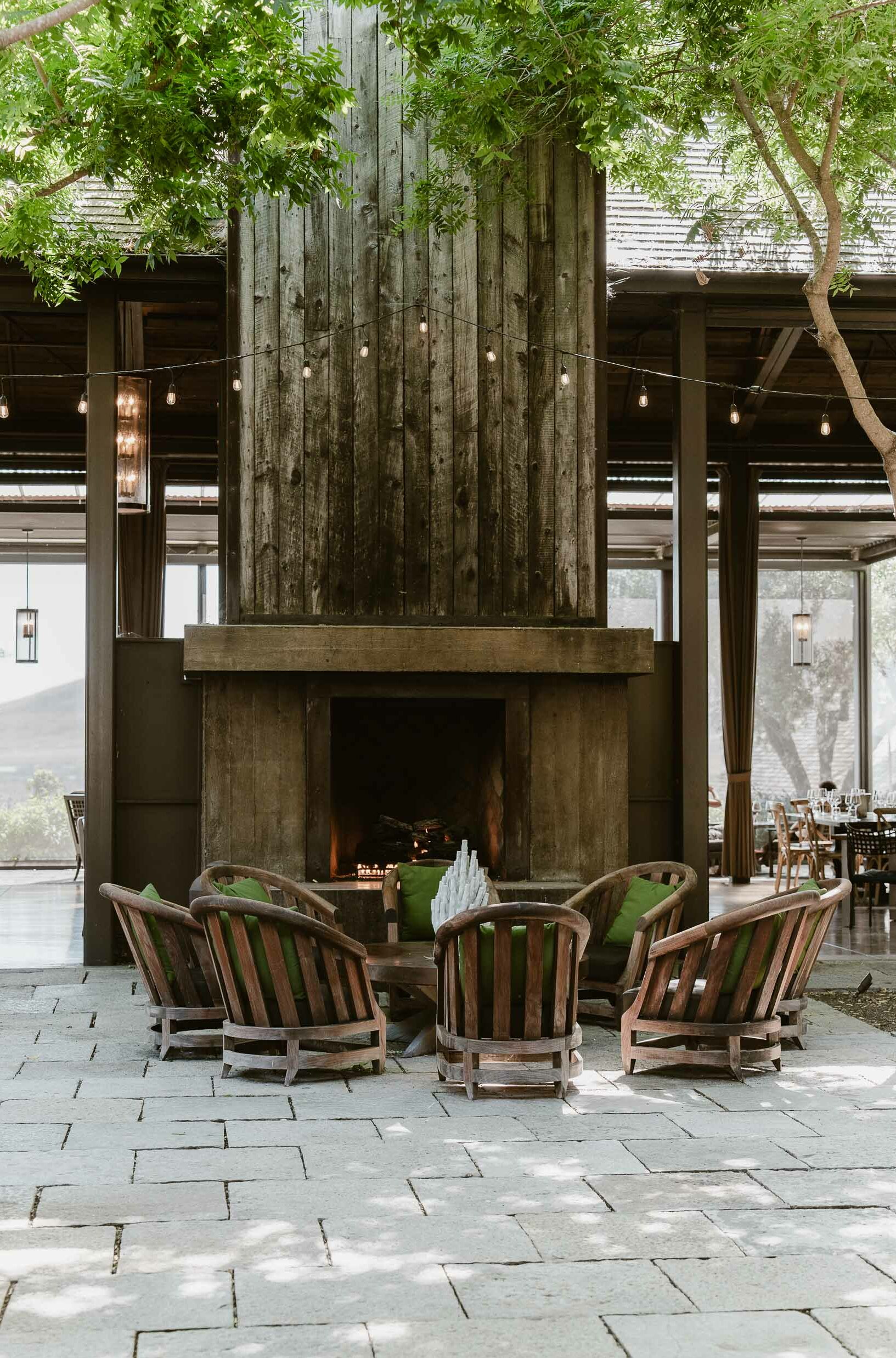
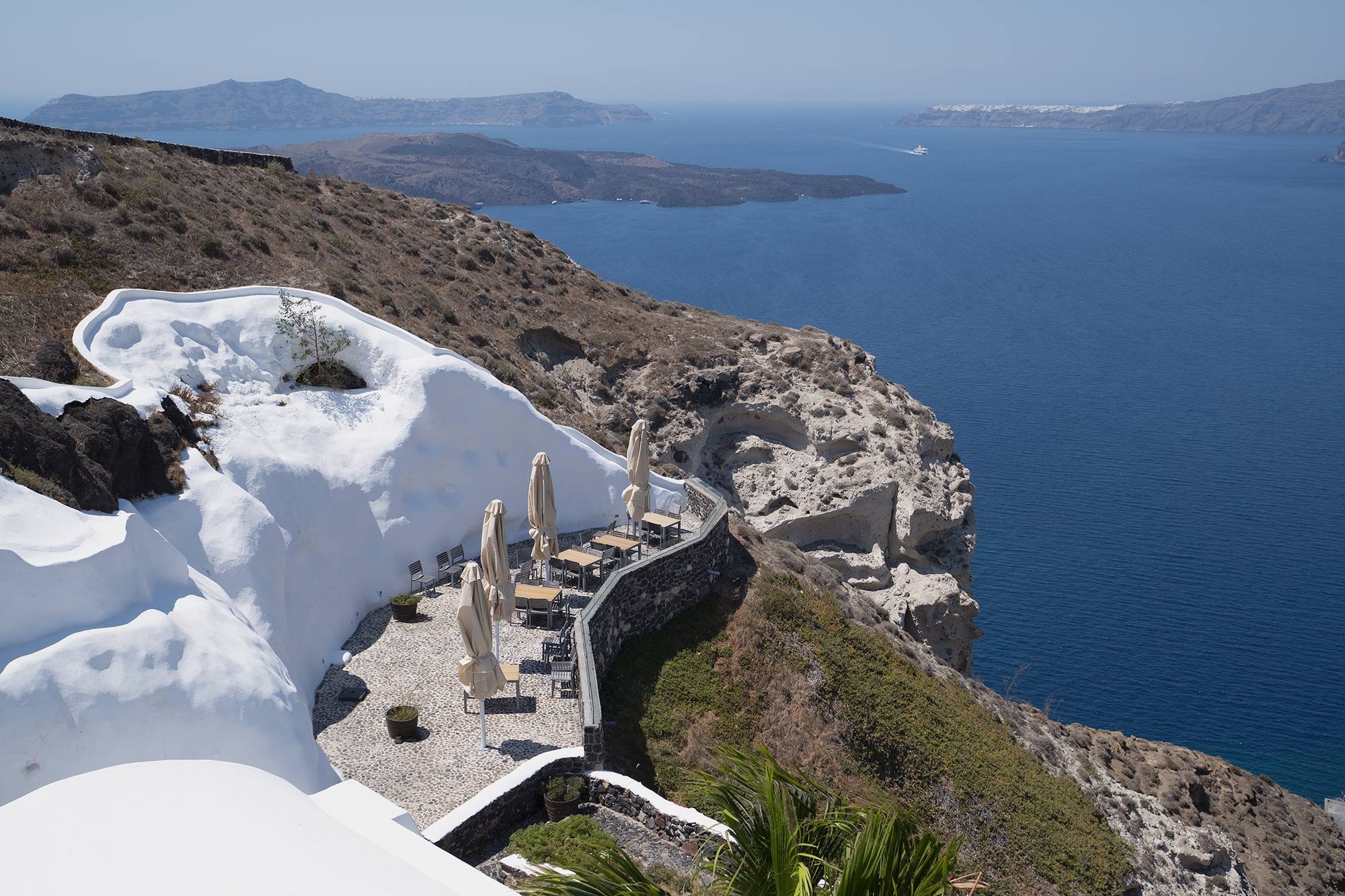
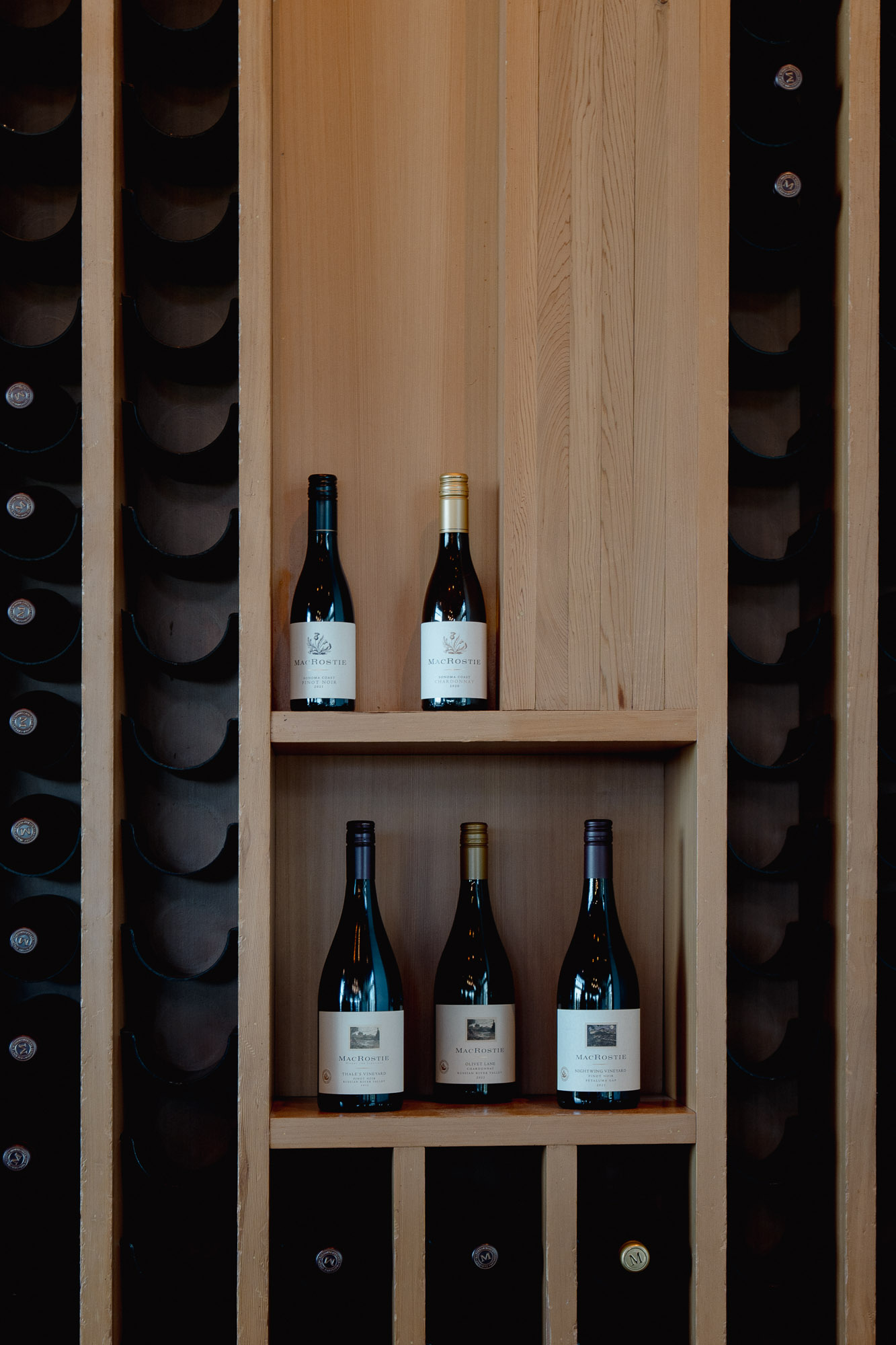
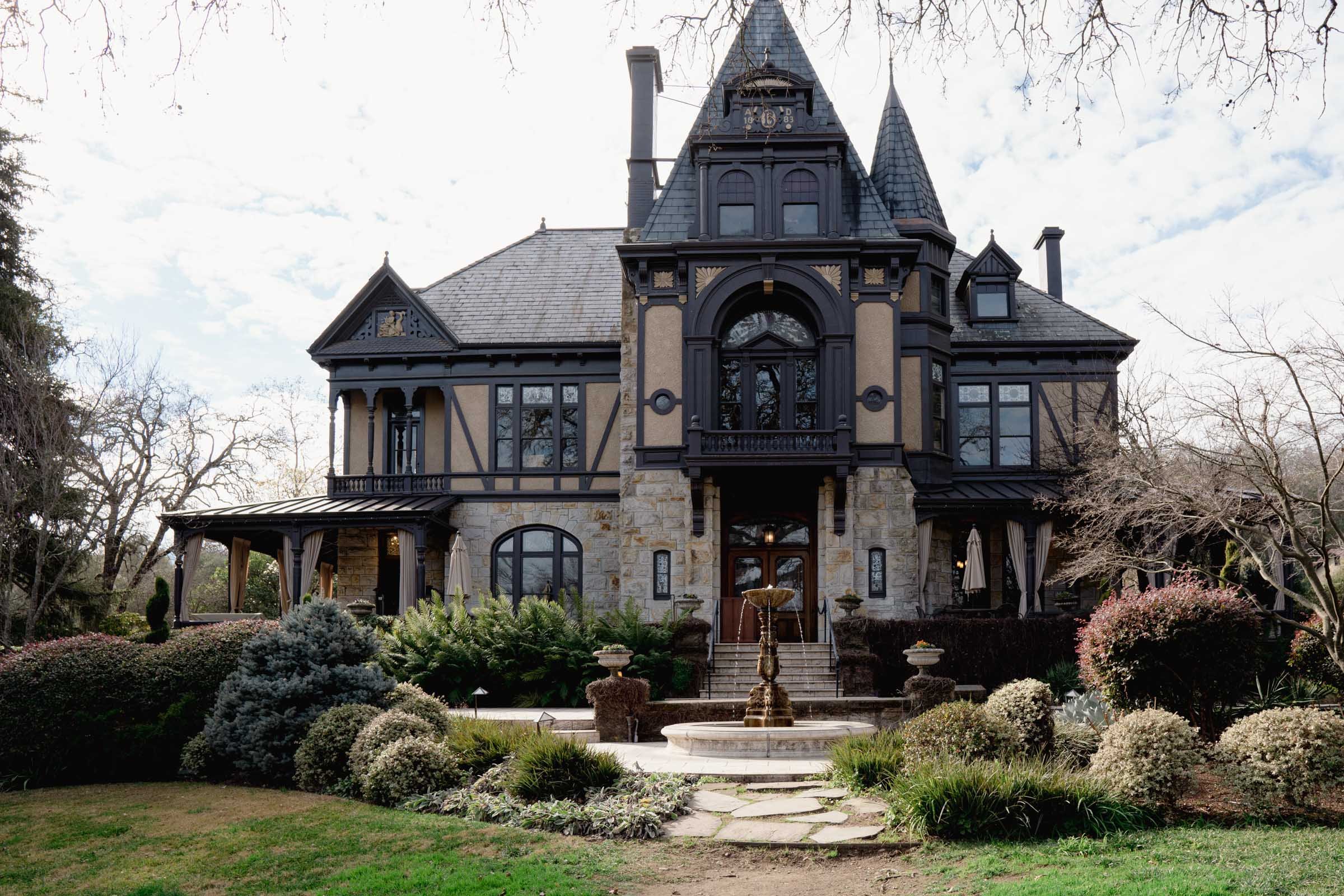
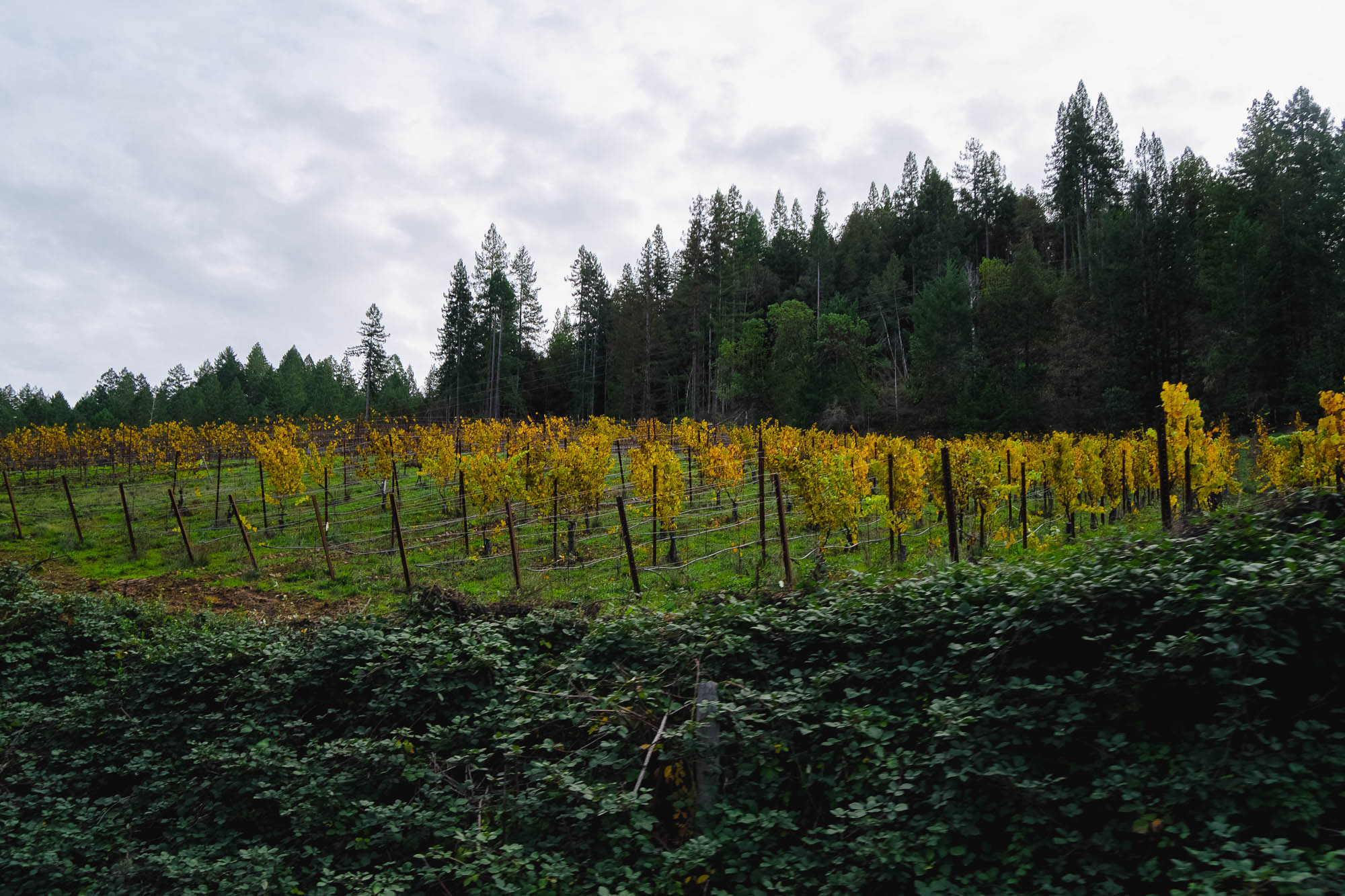
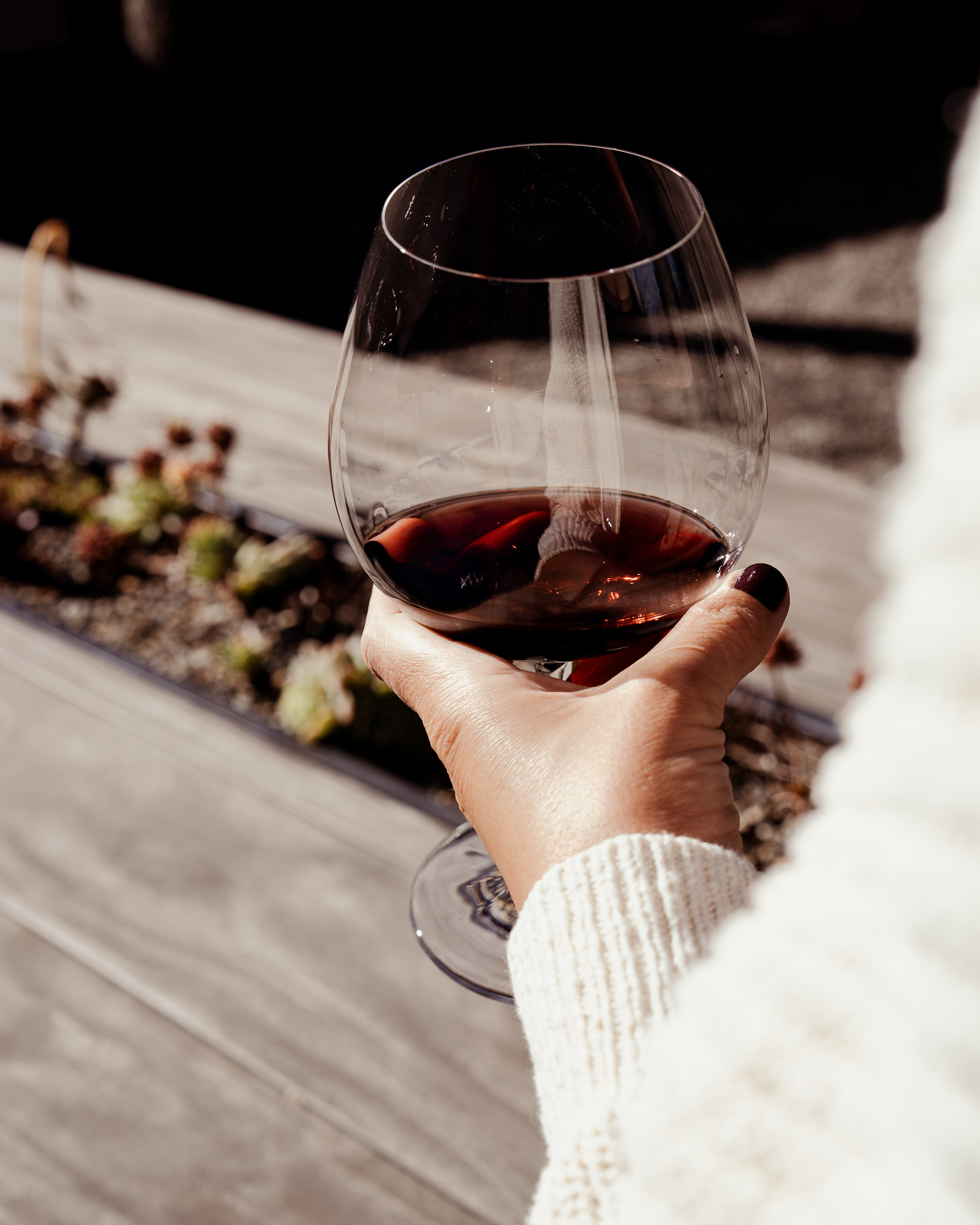
Pingback: Sipping Through Wine Country: Answering Your Questions - TRVL DIARY